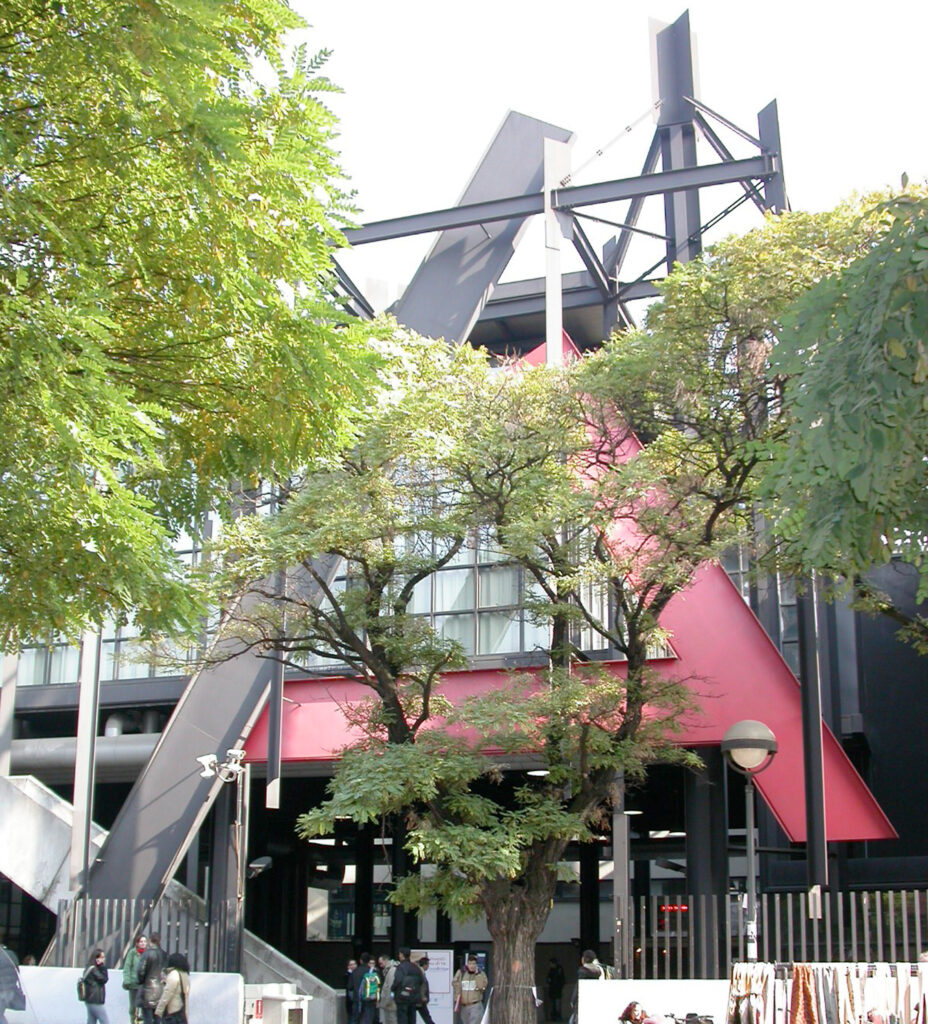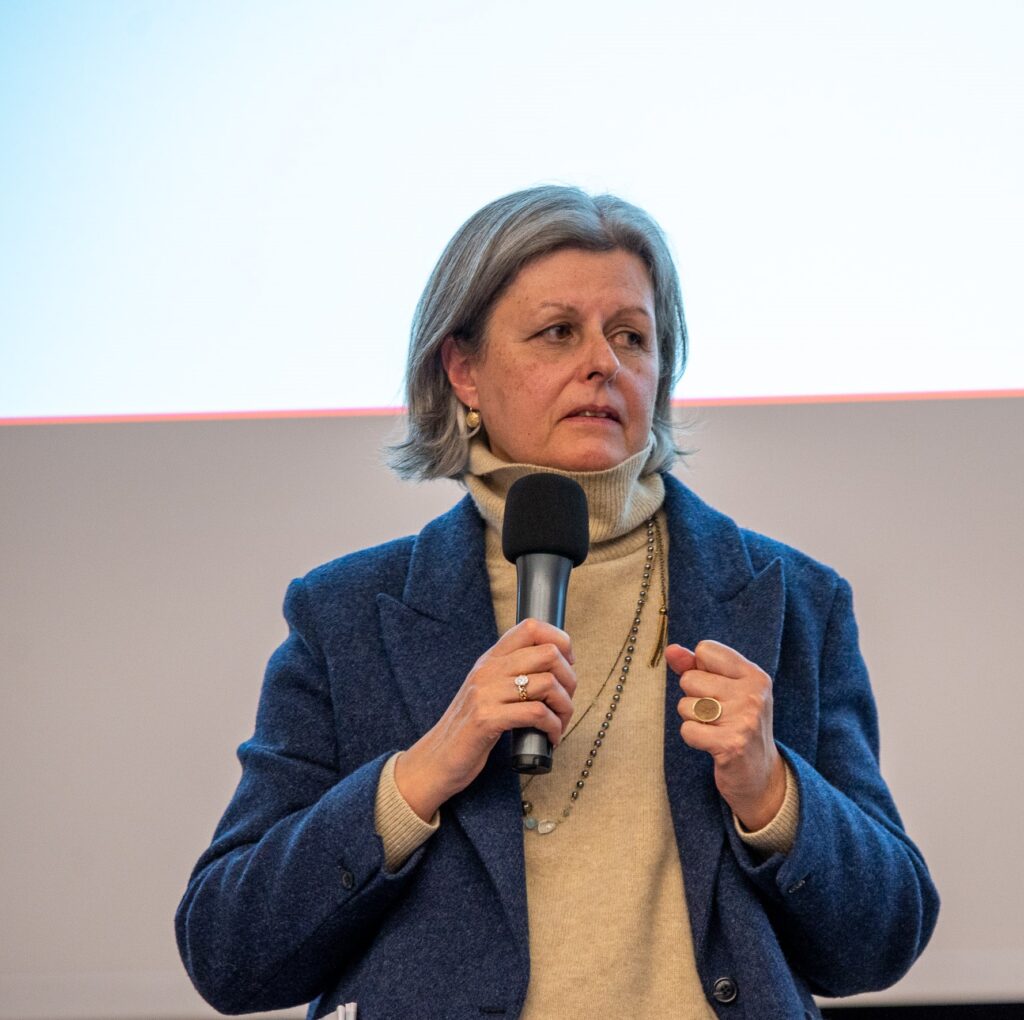
Dear Research,
you and I have daily confronted each other over the years. Our relationship has not always been easy, but nonetheless very rich and stimulating.
Doing research in the field of architecture means tackling a vast and multifaceted field, because architecture is by its nature an artistic, technical and social practice that addresses the transformations of inhabited space at multiple scales. There may be many different styles of doing research, but at the core, and this is the defining feature of architecture, is the project (architectural, architectural and urban, …) through which thought and knowledge are produced.
The power of the project as a scientific and artistic research tool is applied to specific experiments in the field, to solve concrete problems of inhabited space. It is precisely through the production and comparison of such experiments that we are able to develop criteria, methodologies and results that we can then share and pass on.
The further I went with my research, the more I realised that I was producing knowledge through projects, artefacts and processes.
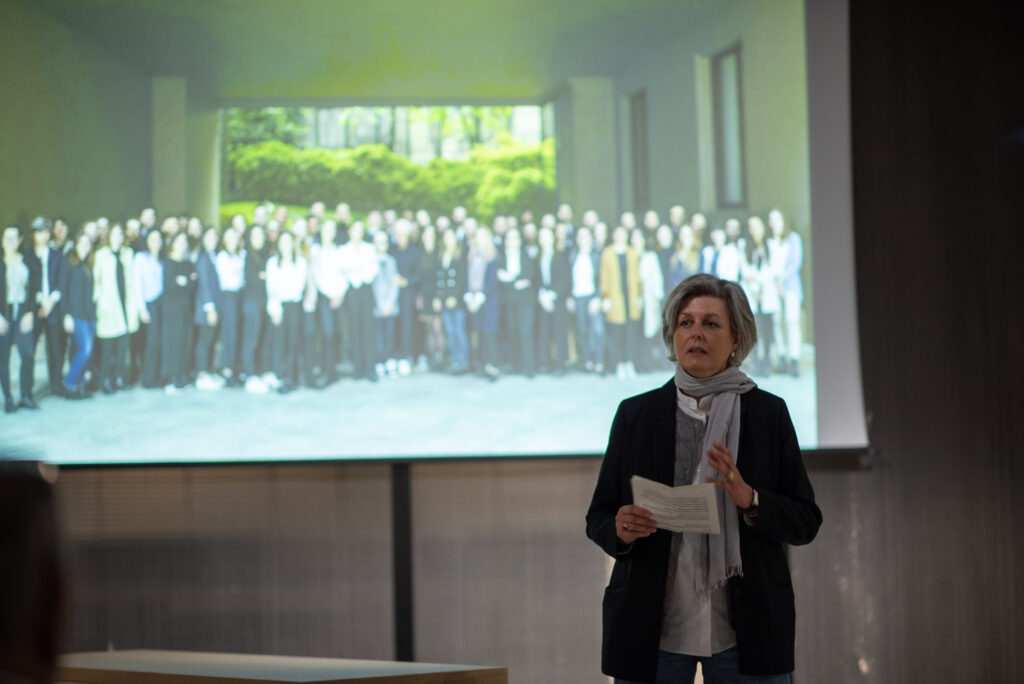
The beauty of doing research in architecture is its interdisciplinary nature, as architecture has always dealt with summarising underlying knowledge and worked ‘on the edge’ of other disciplines.
A peculiarity of our daily research at the university is that it can be conducted in parallel in teaching, together with students, in the so-called design studios (as they are known internationally): this happens in all schools of architecture, in Europe and worldwide.
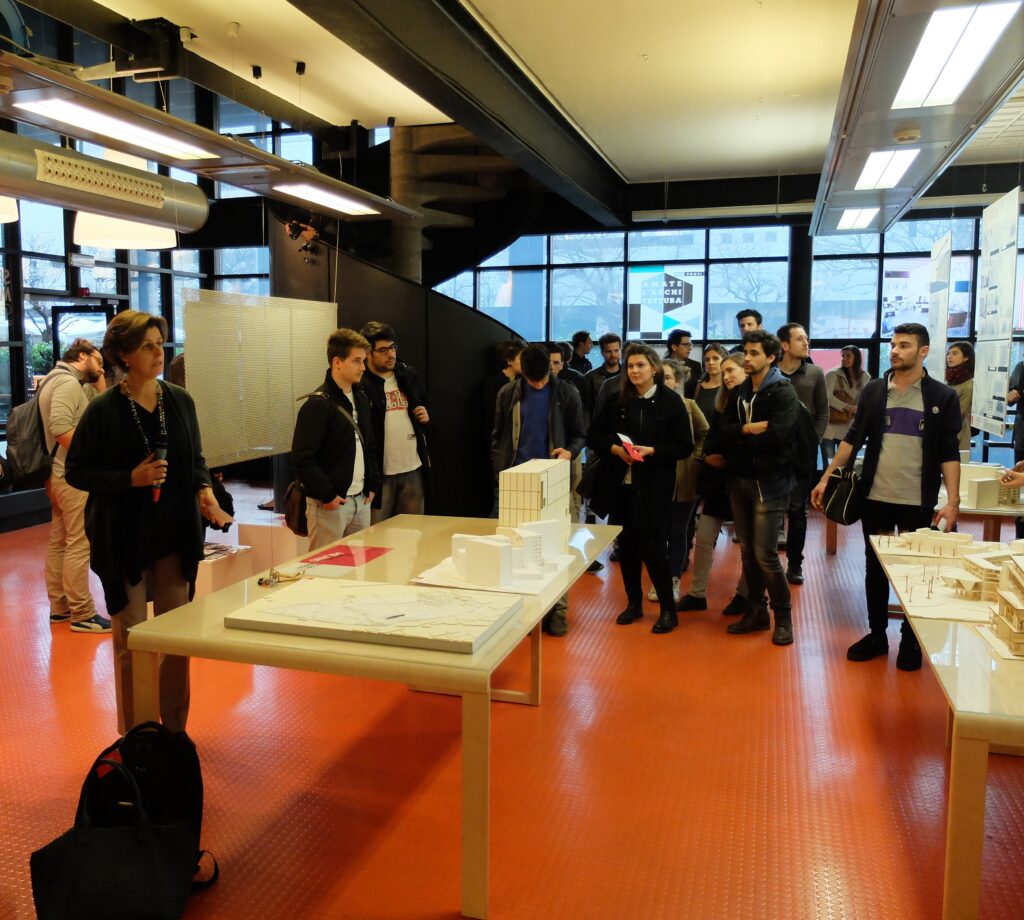
As an architect, since my university training years I have had the opportunity to walk a path in which I have refined my own idea on the purpose of design work, for example in the relationship with the city and more generally with contexts, on the ethical and aesthetic purpose of architecture, and I have had the opportunity to develop my tools and my language.
Nevertheless, I am convinced that research should not only be ‘personal’: in many cases – and increasingly so today – this path is shared with others, with groups of designers with whom one often collaborates for many years (to give an example, the most classic Milanese case is that of BBPR, but this also happens in the academic sphere).
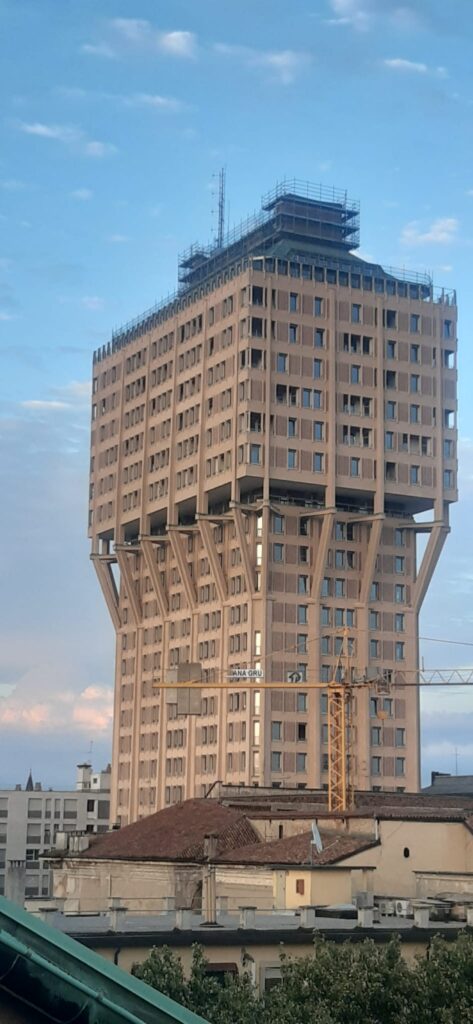
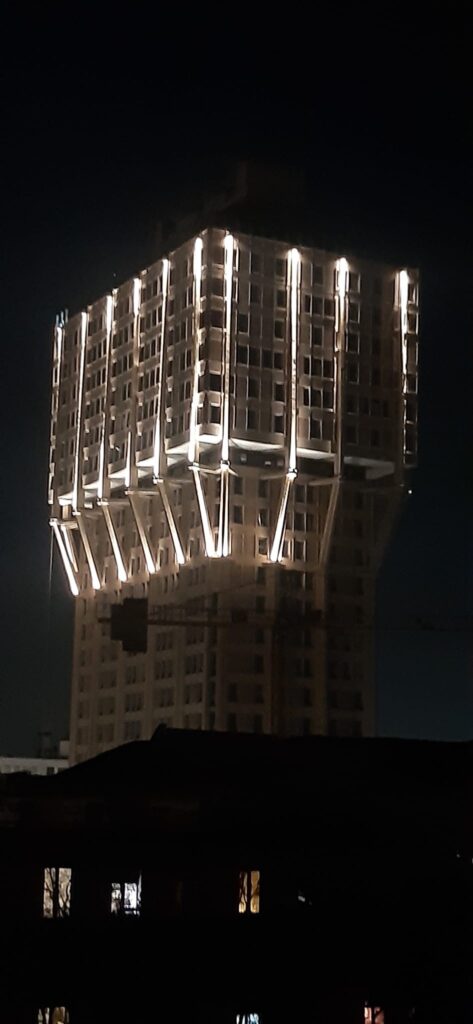
Through projects and works, the advancement of the discipline is measured, in parallel with the development of theory, which codifies its terms. As a result, research in the field of architecture takes the form of projects, works and writings.
Because of the very diversity of its ‘products’, the horizon of research is therefore complex; this is why its measurability and the evaluation of its outcomes in scientific and academic circles are also much debated today. The quality of research relies on peer review processes, where the priority and weight of different products are not always easy or unambiguous.
We have worked on this issue in recent years in the EAAE (European Association for Architectural Education) by producing a ‘Charter on Architectural Research’ in an attempt to provide a reference contribution to Schools, Departments, Research Institutions. The Charter was produced acknowledging that ‘Architecture is facing challenges of climate crisis, globalization, urbanization and social transformation that necessitate vital research.
In parallel, the horizons of architectural experimentation are expanding rapidly with the development of new technologies and media. If we are to understand, explain, anticipate and influence the consequences of these changes, research is essential. Moreover, research is essential for the continued expansion of the discipline’s knowledge base, the development of spatial understandings, and the improvement in teaching, learning and practice of architecture.
